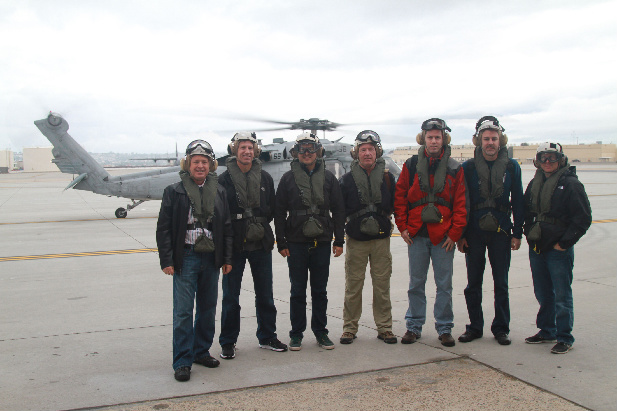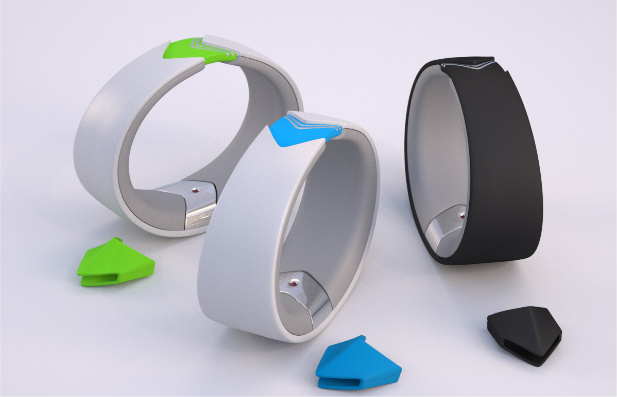This is part 4. You can go back to part I, part II or Part III
We requested a tour of the engine room and in true Navy fashion, they agreed and then offered a pre-emptive apology if any of us felt uncomfortable since some find it claustrophobic. Engine room is of course, a misnomer. The four engines and connected technology cover several rooms and levels of decks, as clean and spotless as a hospital operating room. Amid multi-story steel grid walkways, an unending labyrinth of fuel and fluids pipes, color coded valves, instrument panels, and noise (we are wearing hearing protection) we see in an enclosed steel container with a viewing window, of all things, a jet engine? Indeed, a jet engine and not just any jet engine. A Rolls Royce jet engine, almost gold in color, it appears like an extraterrestrial alien power source. The engines are gas turbine engines, essentially jet engines and each enclosed in their own container that not only keeps it pristine clean, but would contain any fire that might occur. In fact, much of the entire multi-level engine has it’s components enclosed for just that purpose. It is a safety design that could mean the difference between a devastating, fatal (to both crew and ship) fire and a fire that damages but a single engine component.
There are two very large, long shafts that we have been walking above, below and next to, noticing the warning signs. These are the two propellor shafts, the pieces of equipment that transfer the energy of the engines to the propellors that drive (technically, pull) the ship through the water. You see no oil, no fluids, no blemishes of any type on them. All you see is a white, rapidly spinning shaft, slightly angled down and passing through a bulkhead, operating silently.
There is something missing in this enormous, multi-story piece of Borg technology driving the 9,200 ton Spruance through seas at a top speed of 32 knots (officially but bet your stock options it does much more). It is people. Save for our group and the Ensign, there are no people here, none. The Engineering group and all of their pervasive monitoring equipment (leave a hatch partially open anywhere on the ship and Engineering knows it immediately) is in a different part of the ship. Yes, the crew does spend time in the engine room but it is not a necessity on a constant basis.
As we have seen all about the ship, we see here in the engine section, a number of small red cases bolted about the bulkheads, stenciled EBD. These are Emergency Breathing Devices. In the event of flooding these devices can provide a few moments of life-saving air to the crew, giving them more time to hopefully escape any flooded compartment.
After being deep into the bowels of the ship we make out way topside again where we noticed the seas had become a little more dynamic in the past hour, something we did not feel at all being so near the bottom of the ship. Next, we will make our way several stories up for yet another unique experience.











